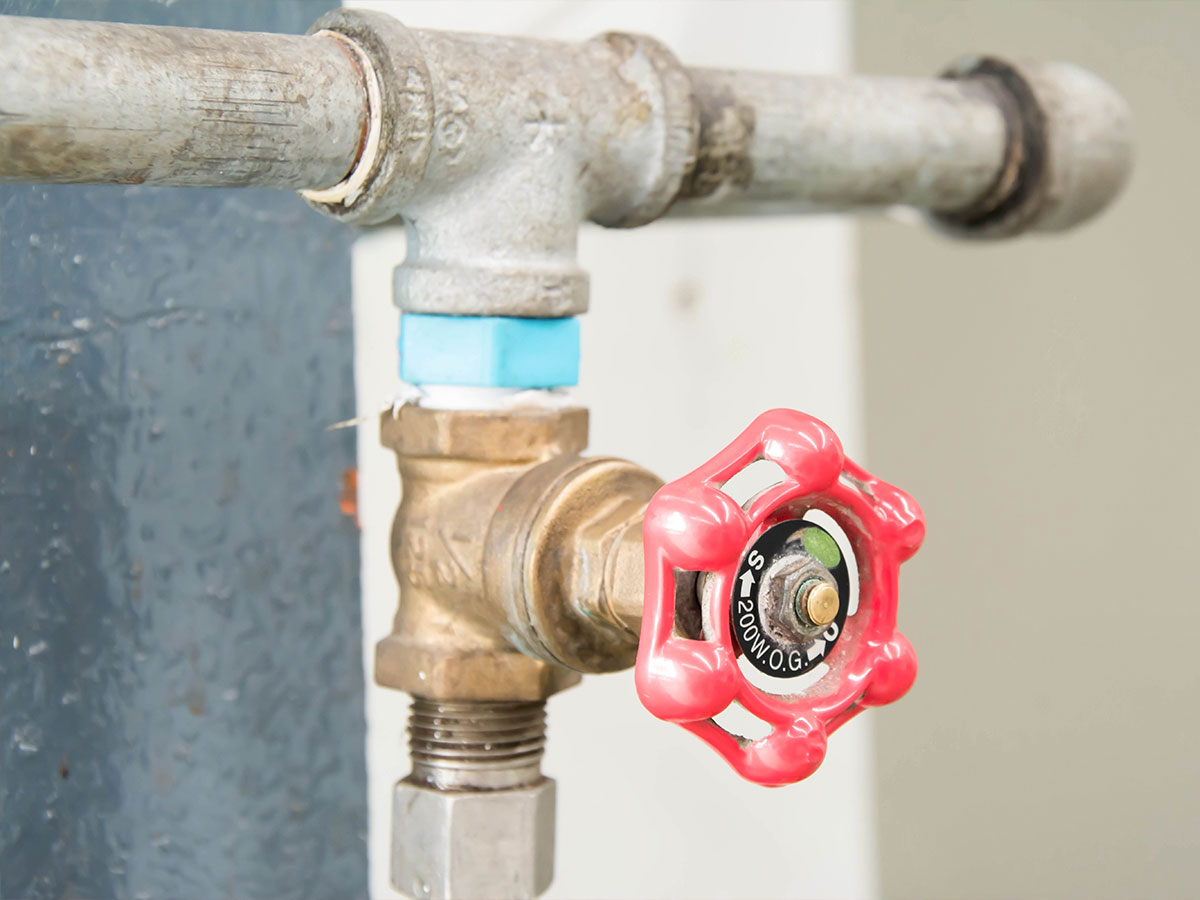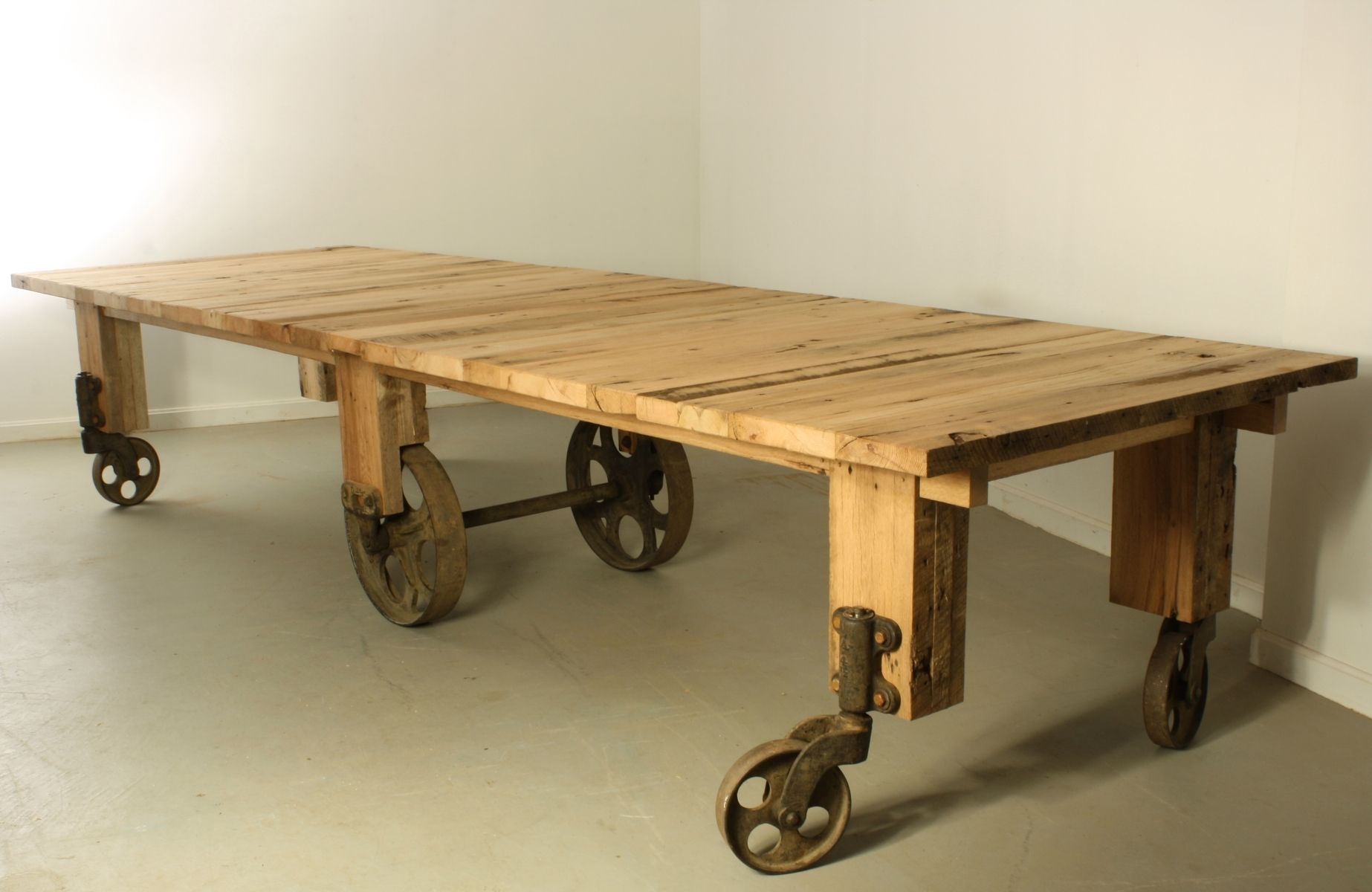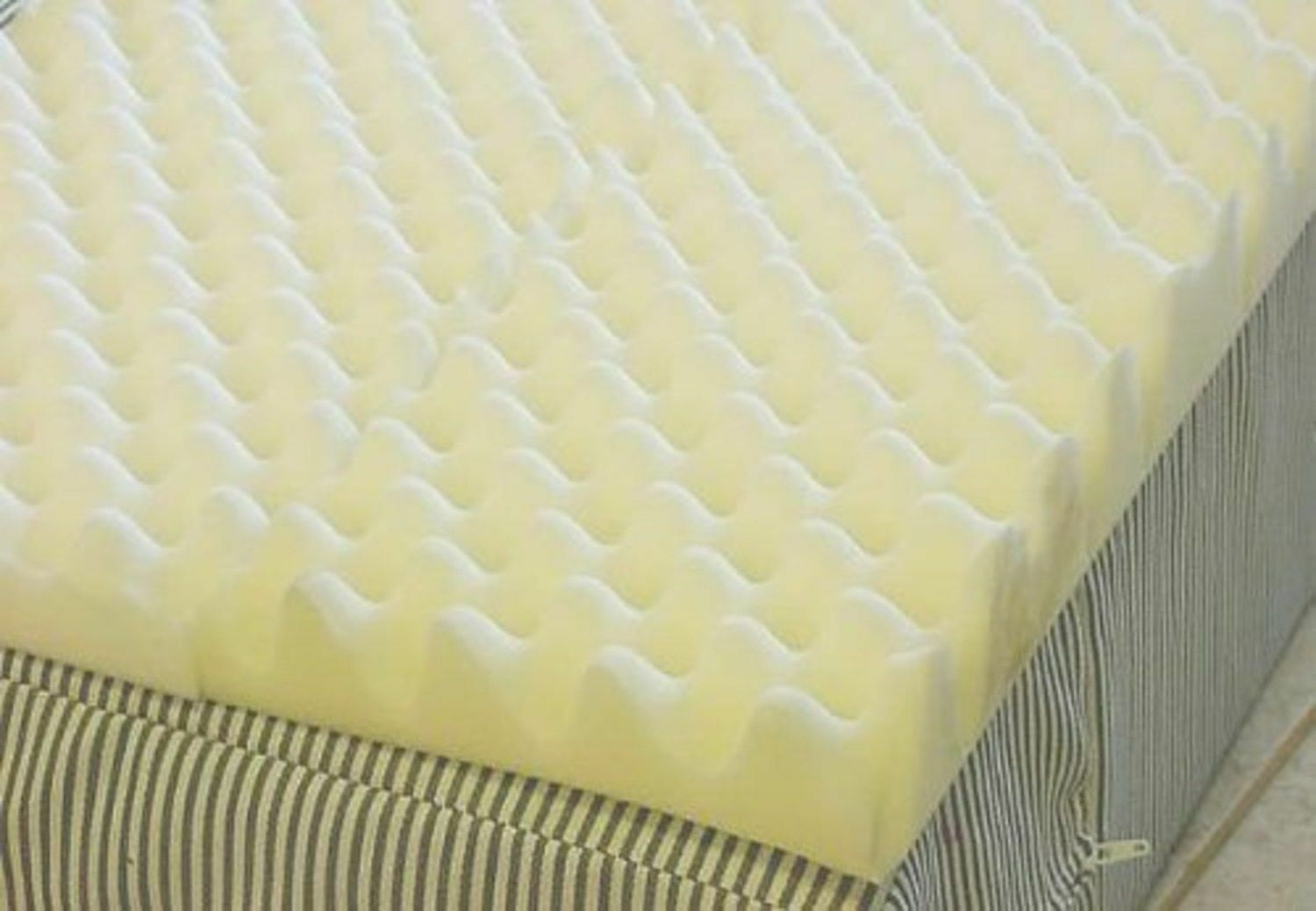If you turn on your kitchen sink faucet and no water comes out, the first thing you should do is check the water supply valve. This valve controls the flow of water to your faucet and can become stuck or damaged over time. To check the valve, locate the shut-off valve under your sink and make sure it is fully open. If it is closed, turn it counterclockwise to open it. If it is already open, try turning it off and on a few times to loosen any debris that may be blocking the flow of water.1. Check the water supply valve
The aerator is a small screen at the end of your faucet that helps to regulate the flow of water. Over time, debris and mineral buildup can clog the aerator, causing a decrease in water flow. To inspect the aerator, unscrew it from the end of your faucet and check for any blockages. If you see buildup, clean it out with a toothbrush and rinse it with water before screwing it back on.2. Inspect the aerator
If the aerator is not the issue, the next step is to check for clogs in the faucet itself. Debris and mineral buildup can get trapped in the faucet, causing a blockage in the water flow. To check for clogs, unscrew the faucet head and use a small brush or toothpick to remove any buildup. Rinse the faucet head with water before screwing it back on.3. Check for clogs in the faucet
The faucet cartridge is the part of the faucet that controls the flow of hot and cold water. Over time, it can become worn out or damaged, causing a decrease in water flow. To inspect the cartridge, turn off the water supply and remove the handle and faucet head. Then, use pliers to remove the cartridge and check for any damage. If it is damaged, replace it with a new one.4. Inspect the faucet cartridge
If none of the above solutions have worked, it is possible that there is a broken water line leading to your kitchen sink faucet. This can be caused by a number of factors, including freezing temperatures or old, corroded pipes. If you suspect a broken water line, it is best to call a professional plumber to assess the situation and make any necessary repairs.5. Check for a broken water line
Low water pressure can also be a reason for no water coming out of your kitchen sink faucet. This can be caused by a variety of factors, such as a clogged water filter, a faulty pressure regulator, or a problem with your home's overall water pressure. Check your water pressure by attaching a pressure gauge to your faucet and turning on the water. If the pressure is below 40 psi, you may need to call a plumber to make adjustments or repairs.6. Inspect the water pressure
If you have a single-handle faucet, the handle itself can become damaged or worn out over time, causing a decrease in water flow. To check for a faulty handle, turn off the water supply and remove the handle from the faucet. Inspect it for any cracks or damage and replace it if necessary.7. Check for a faulty faucet handle
If your kitchen sink faucet is equipped with a water filter, it is possible that the filter has become clogged or needs to be replaced. To inspect the filter, turn off the water supply and remove the filter from the faucet. If it is dirty or clogged, clean it or replace it with a new one before reattaching it to the faucet.8. Inspect the water filter
If you have a pull-out or pull-down faucet, the spout can become damaged or cracked over time, causing a decrease in water flow. To check for a broken spout, turn off the water supply and remove the spout from the faucet. Inspect it for any damage and replace it if necessary.9. Check for a broken faucet spout
If none of the above solutions have worked, the last step is to inspect the water shut-off valve. This valve controls the flow of water to your entire home and can become damaged or stuck over time. To inspect the valve, make sure it is fully open and try turning it off and on a few times to loosen any debris that may be blocking the flow of water. If you are still experiencing no water coming out of your kitchen sink faucet after trying these solutions, it is best to call a professional plumber for further assistance. They will be able to diagnose the problem and make any necessary repairs to get your water flowing again.10. Inspect the water shut-off valve
Possible Causes of No Water Coming Out of Kitchen Sink Faucet

1. Clogged Faucet Aerator
 One of the most common reasons for no water coming out of a kitchen sink faucet is a clogged aerator. The aerator is a small mesh screen located at the end of the faucet spout that helps to regulate the flow of water and prevent splashing. Over time, it can become clogged with mineral deposits, debris or sediment, restricting the water flow. This can happen more frequently in areas with hard water. To fix this issue, unscrew the aerator from the faucet and clean it thoroughly with vinegar or a descaling solution to remove any buildup.
One of the most common reasons for no water coming out of a kitchen sink faucet is a clogged aerator. The aerator is a small mesh screen located at the end of the faucet spout that helps to regulate the flow of water and prevent splashing. Over time, it can become clogged with mineral deposits, debris or sediment, restricting the water flow. This can happen more frequently in areas with hard water. To fix this issue, unscrew the aerator from the faucet and clean it thoroughly with vinegar or a descaling solution to remove any buildup.
2. Damaged or Clogged Water Supply Lines
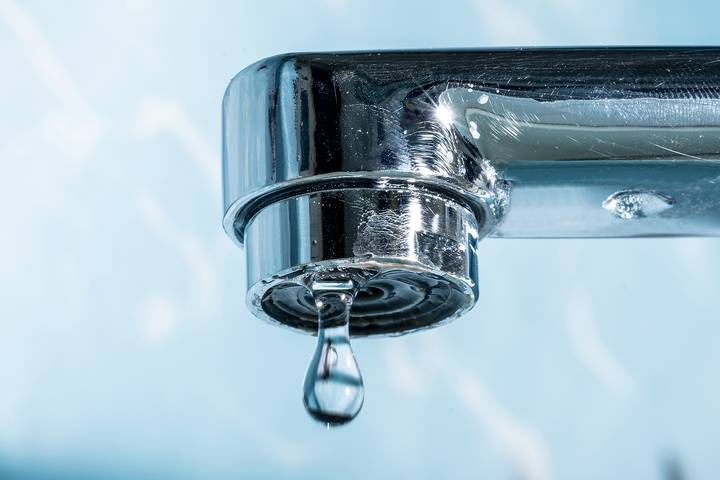 Another possible reason for no water coming out of a kitchen sink faucet is a damaged or clogged water supply line. These lines are responsible for delivering water from the main water supply to your faucet. Over time, they can become clogged with debris, causing a decrease in water pressure or a complete blockage. In some cases, the supply lines may also become damaged due to wear and tear, resulting in leaks or a complete loss of water flow. If this is the case, it is best to call a professional plumber to replace the damaged lines.
Another possible reason for no water coming out of a kitchen sink faucet is a damaged or clogged water supply line. These lines are responsible for delivering water from the main water supply to your faucet. Over time, they can become clogged with debris, causing a decrease in water pressure or a complete blockage. In some cases, the supply lines may also become damaged due to wear and tear, resulting in leaks or a complete loss of water flow. If this is the case, it is best to call a professional plumber to replace the damaged lines.
3. Faulty Faucet Cartridge
 A faulty faucet cartridge can also be the culprit behind no water coming out of your kitchen sink faucet. The cartridge is a valve inside the faucet that controls the flow and temperature of the water. If it becomes damaged or worn out, it can cause a decrease or complete stop in water flow. This is a more complex issue and may require the expertise of a professional plumber to replace the faulty cartridge.
A faulty faucet cartridge can also be the culprit behind no water coming out of your kitchen sink faucet. The cartridge is a valve inside the faucet that controls the flow and temperature of the water. If it becomes damaged or worn out, it can cause a decrease or complete stop in water flow. This is a more complex issue and may require the expertise of a professional plumber to replace the faulty cartridge.
4. Frozen Pipes
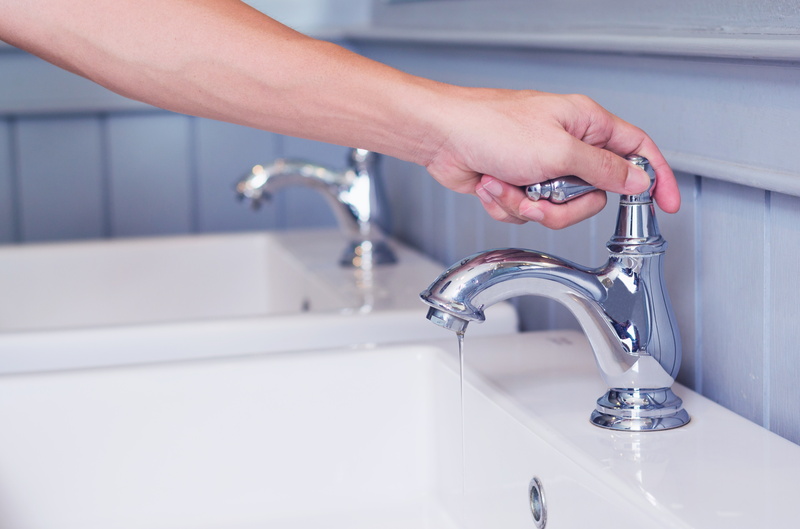 If you live in an area with cold winters, frozen pipes can also be a possible cause of no water coming out of your kitchen sink faucet. When the temperature drops below freezing, the water inside the pipes can freeze, causing them to expand and potentially burst. This can lead to a complete loss of water flow. If you suspect frozen pipes, it is important to thaw them out as soon as possible to prevent further damage.
In conclusion, there can be several reasons for no water coming out of a kitchen sink faucet. It is important to troubleshoot and identify the root cause in order to fix the issue and restore water flow. If the problem persists, it is best to consult a professional plumber for further assistance. Regular maintenance and cleaning of your faucet can also help prevent these issues from occurring in the future.
If you live in an area with cold winters, frozen pipes can also be a possible cause of no water coming out of your kitchen sink faucet. When the temperature drops below freezing, the water inside the pipes can freeze, causing them to expand and potentially burst. This can lead to a complete loss of water flow. If you suspect frozen pipes, it is important to thaw them out as soon as possible to prevent further damage.
In conclusion, there can be several reasons for no water coming out of a kitchen sink faucet. It is important to troubleshoot and identify the root cause in order to fix the issue and restore water flow. If the problem persists, it is best to consult a professional plumber for further assistance. Regular maintenance and cleaning of your faucet can also help prevent these issues from occurring in the future.
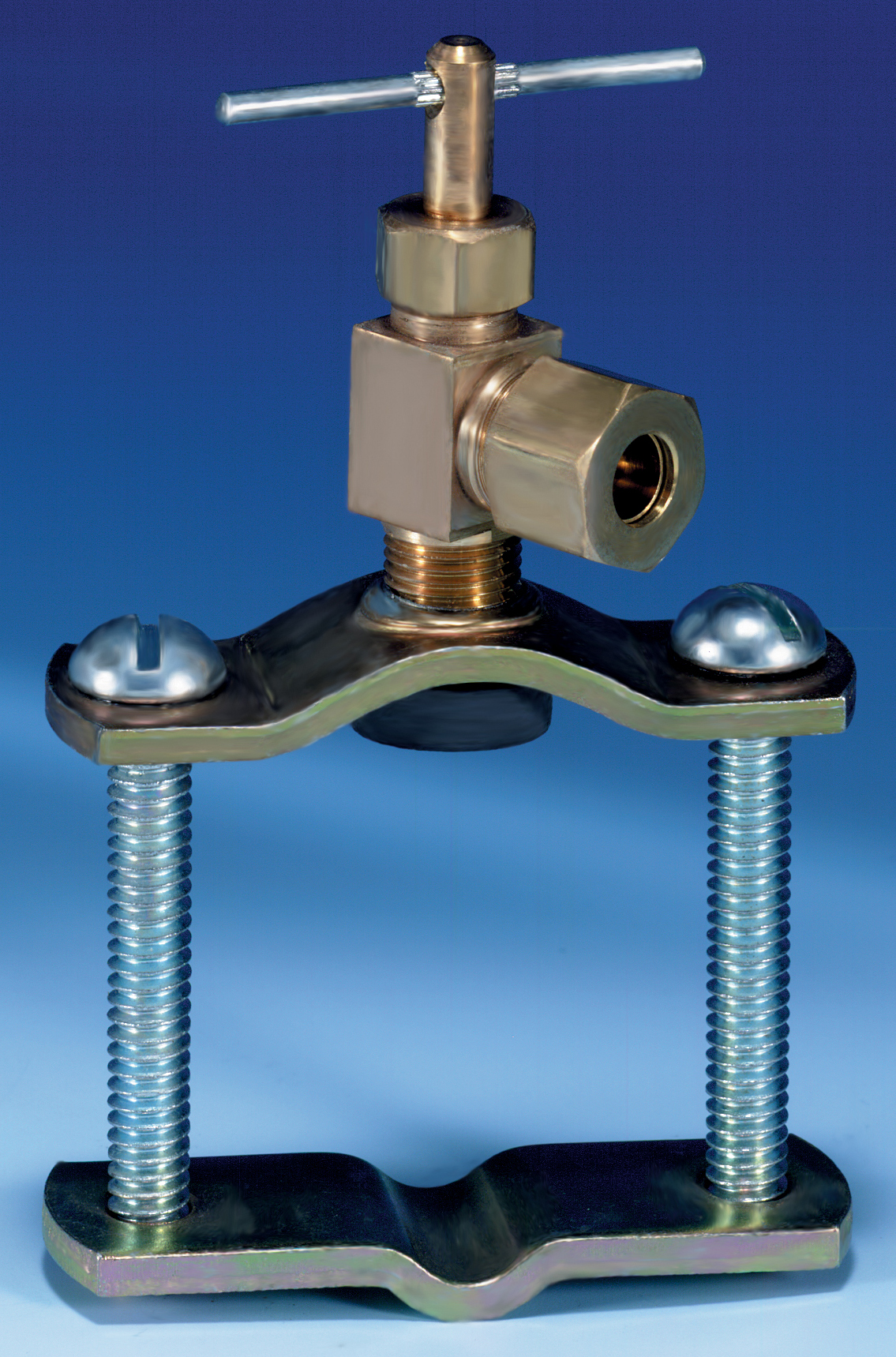
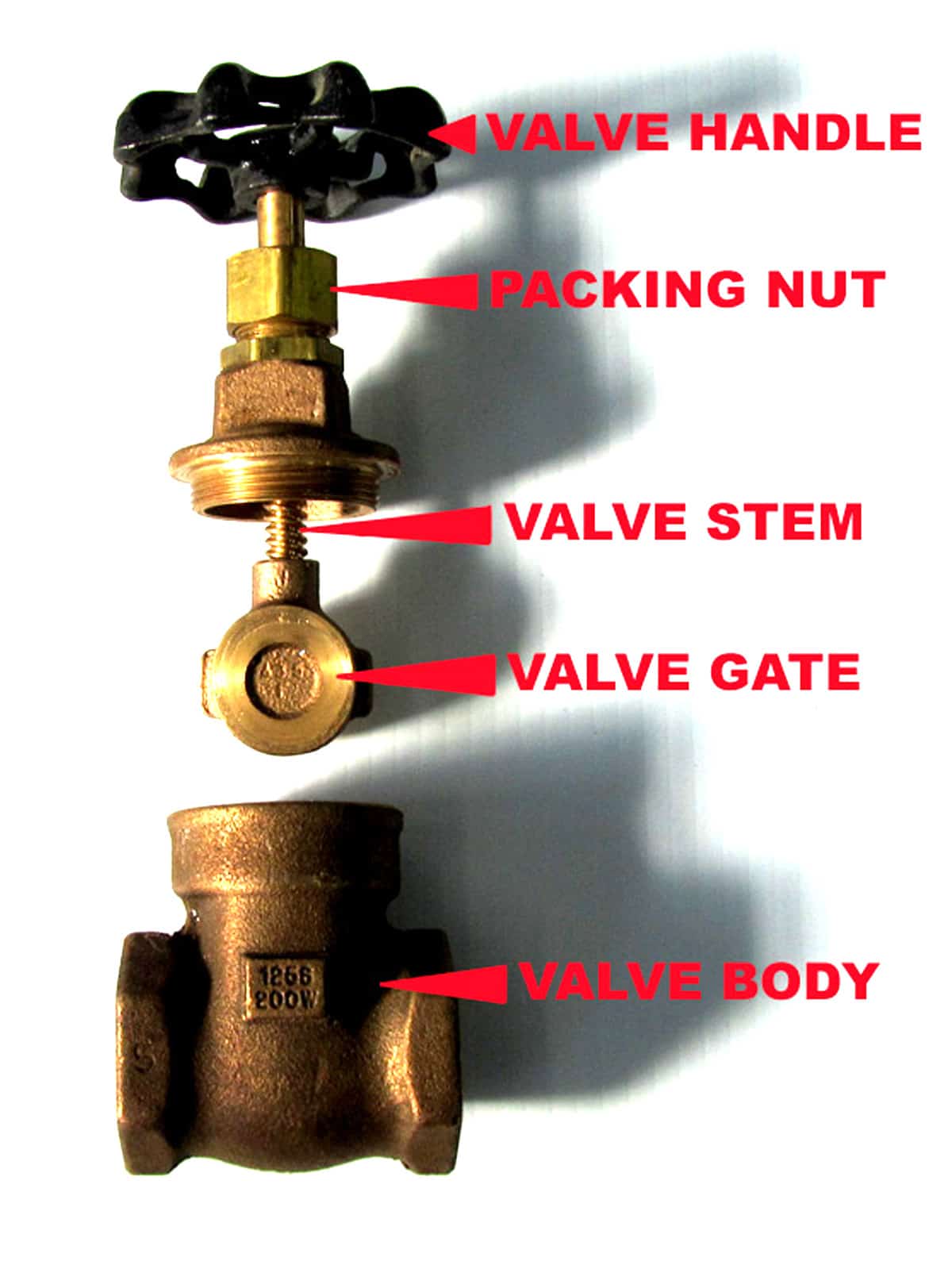





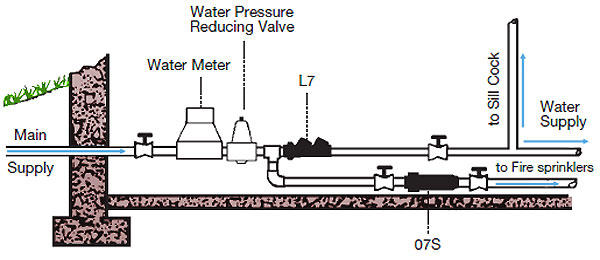

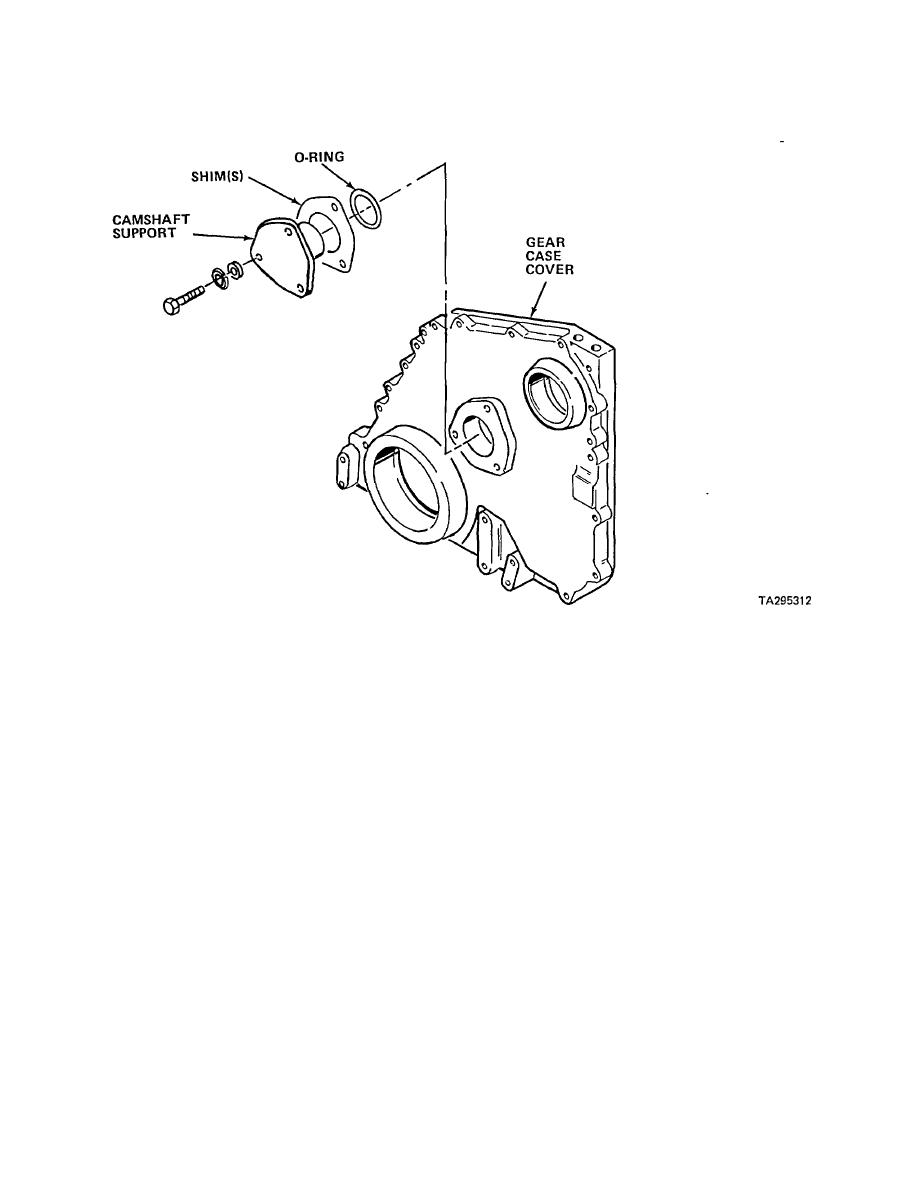






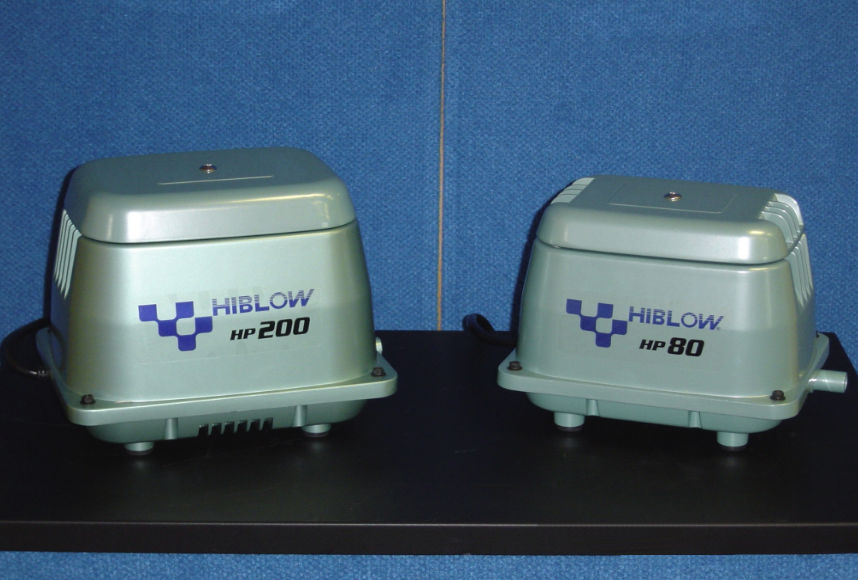
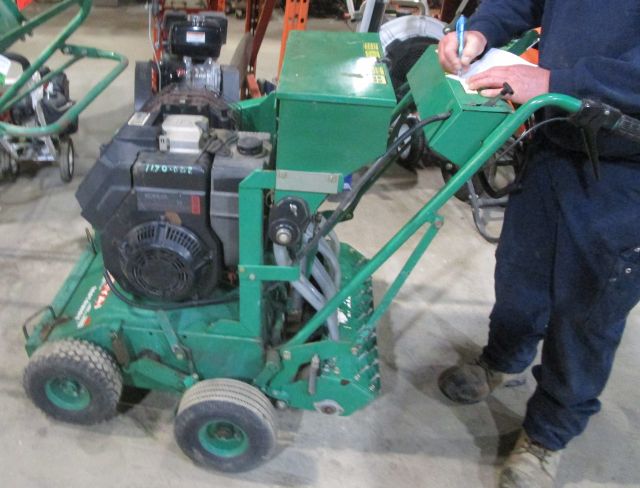















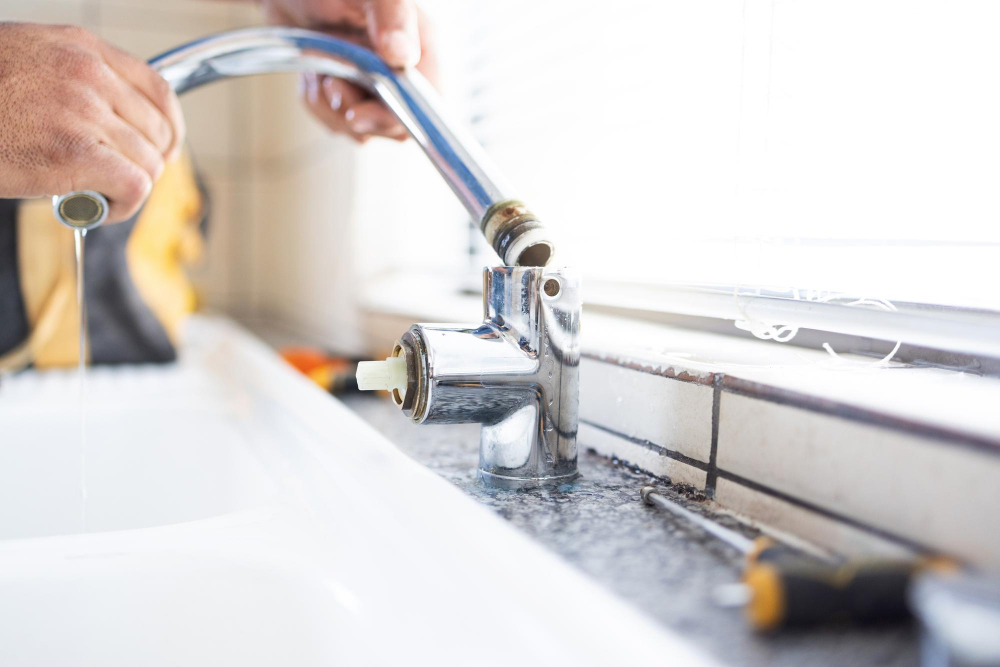
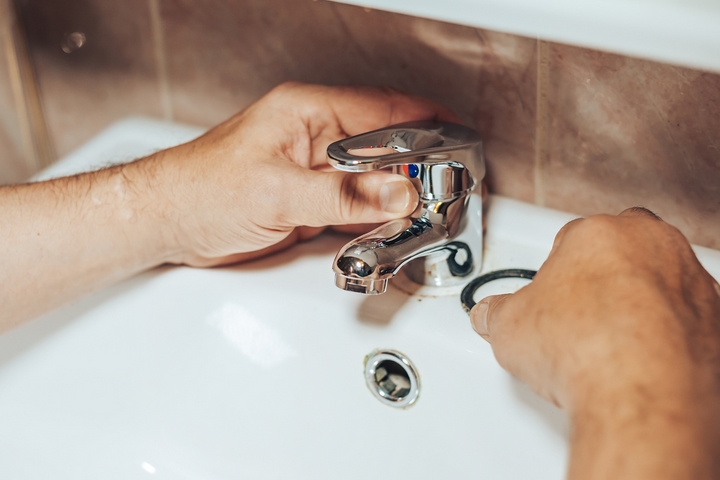
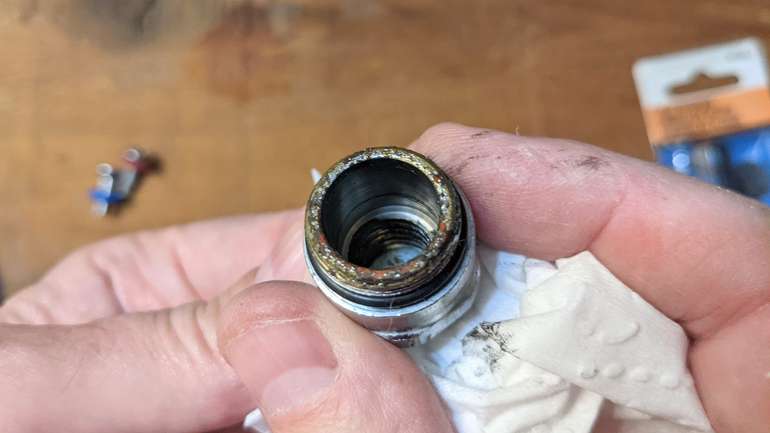

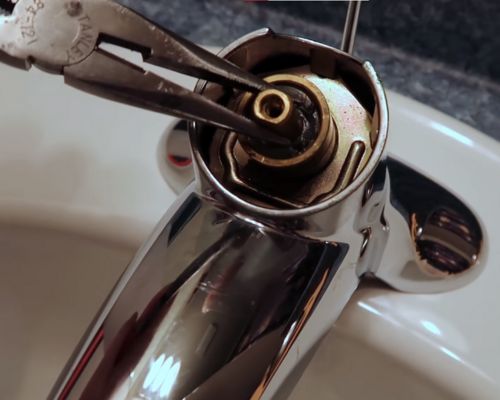







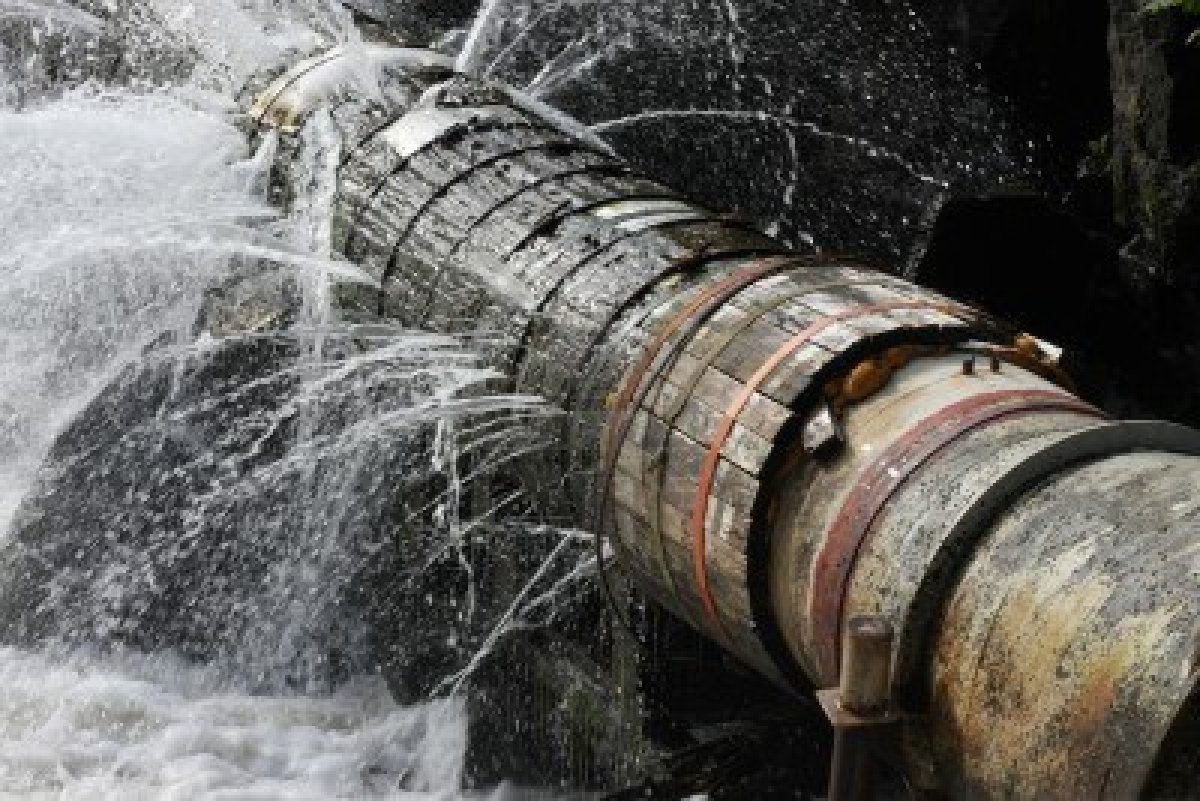

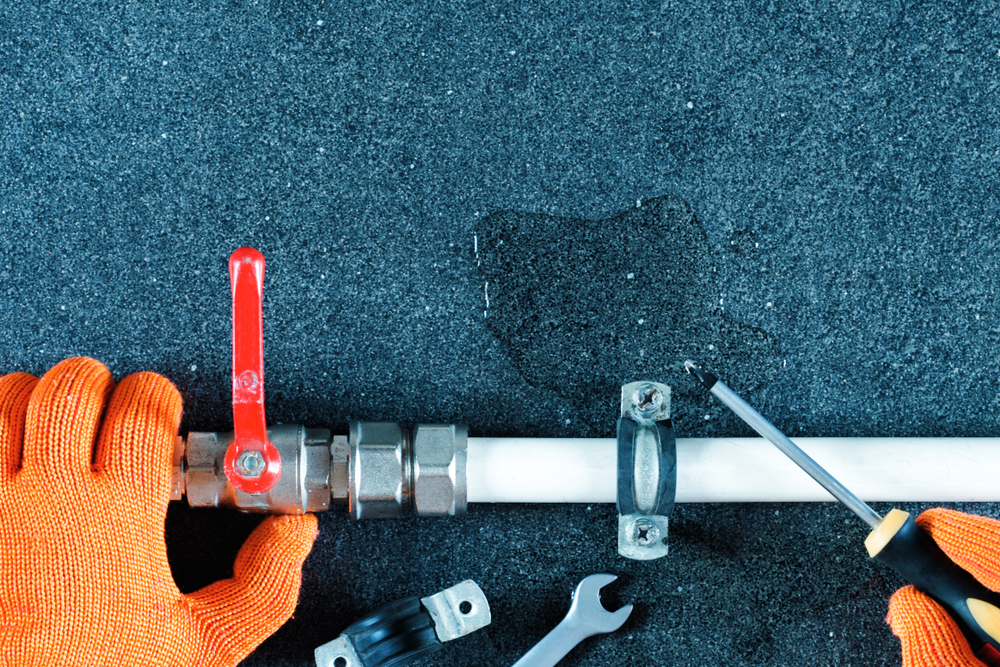


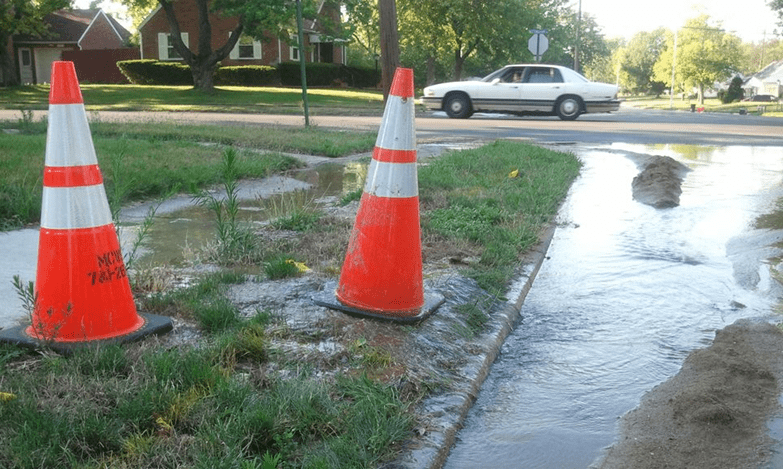
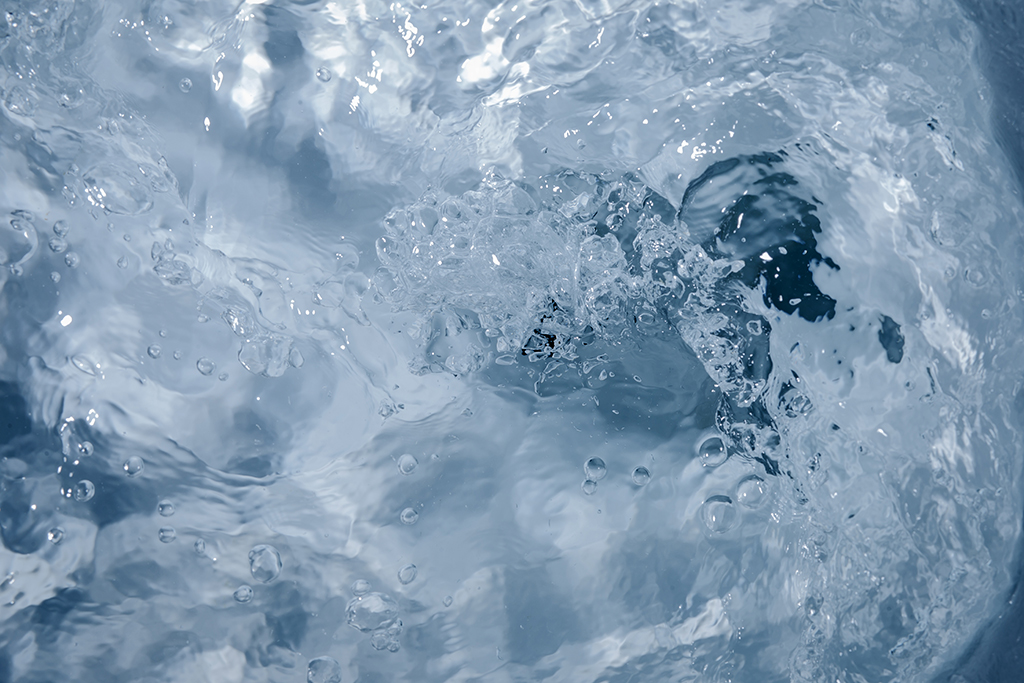
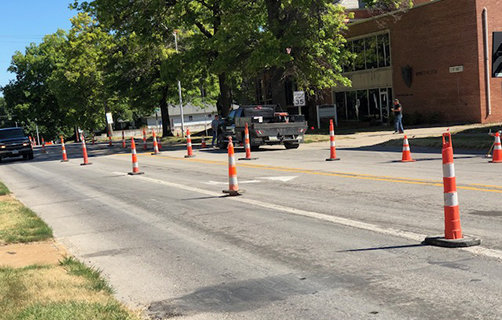
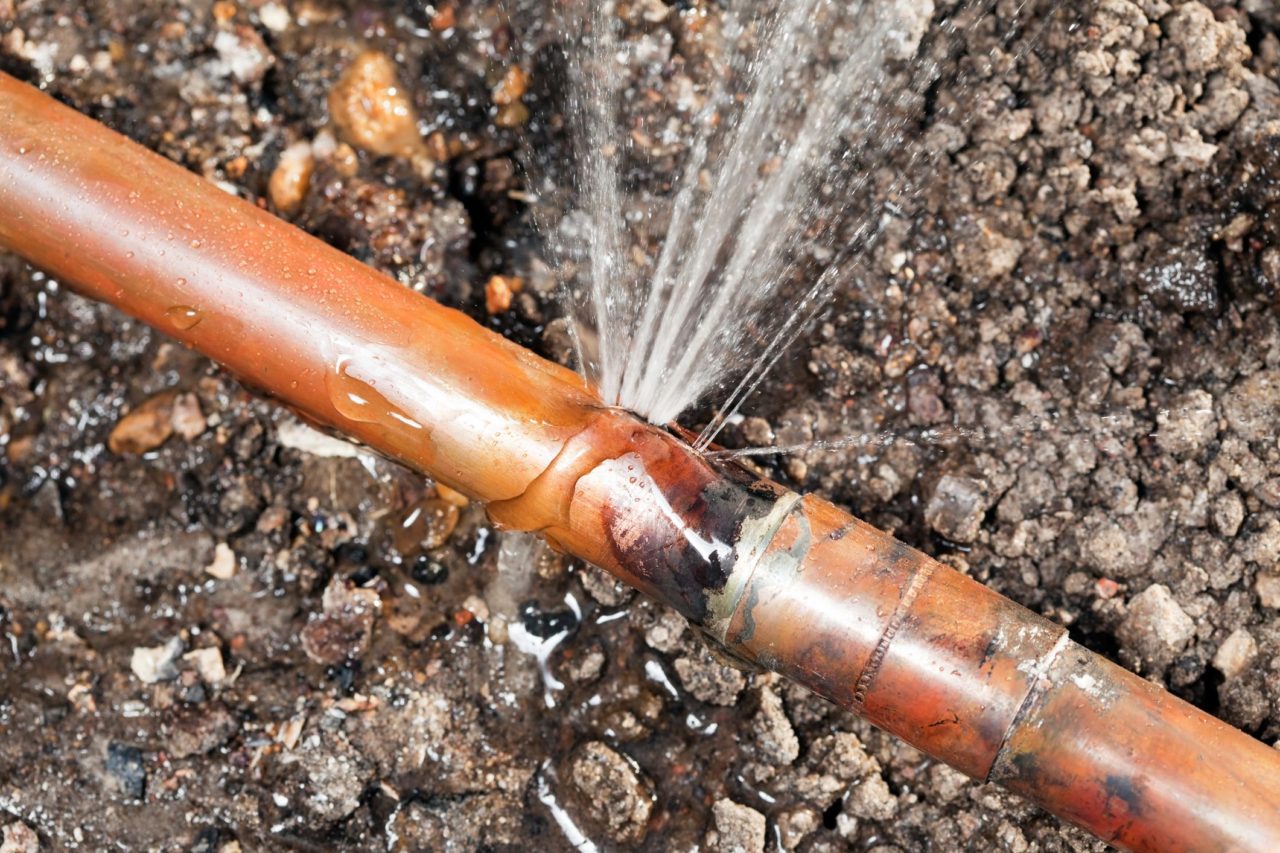

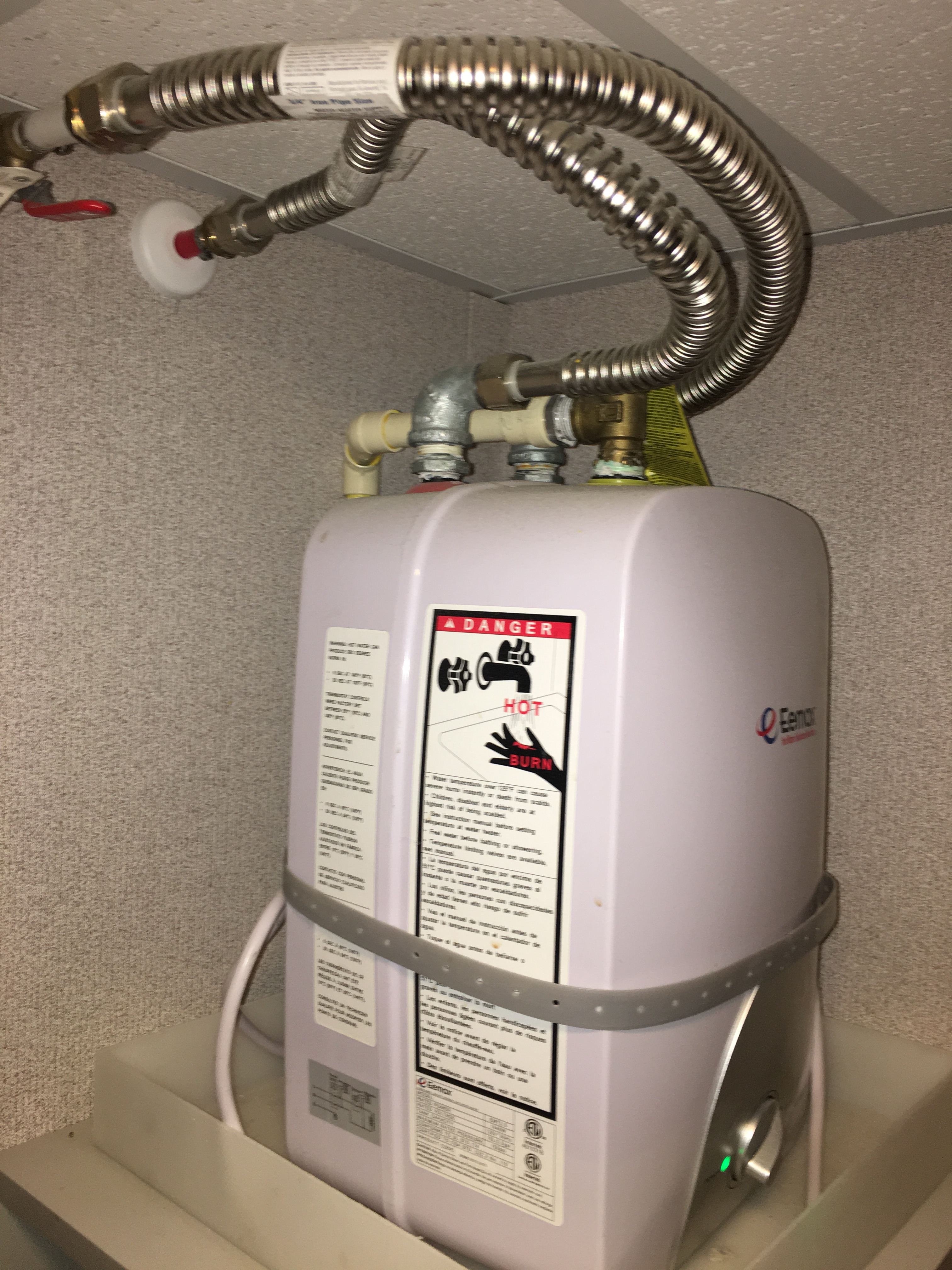

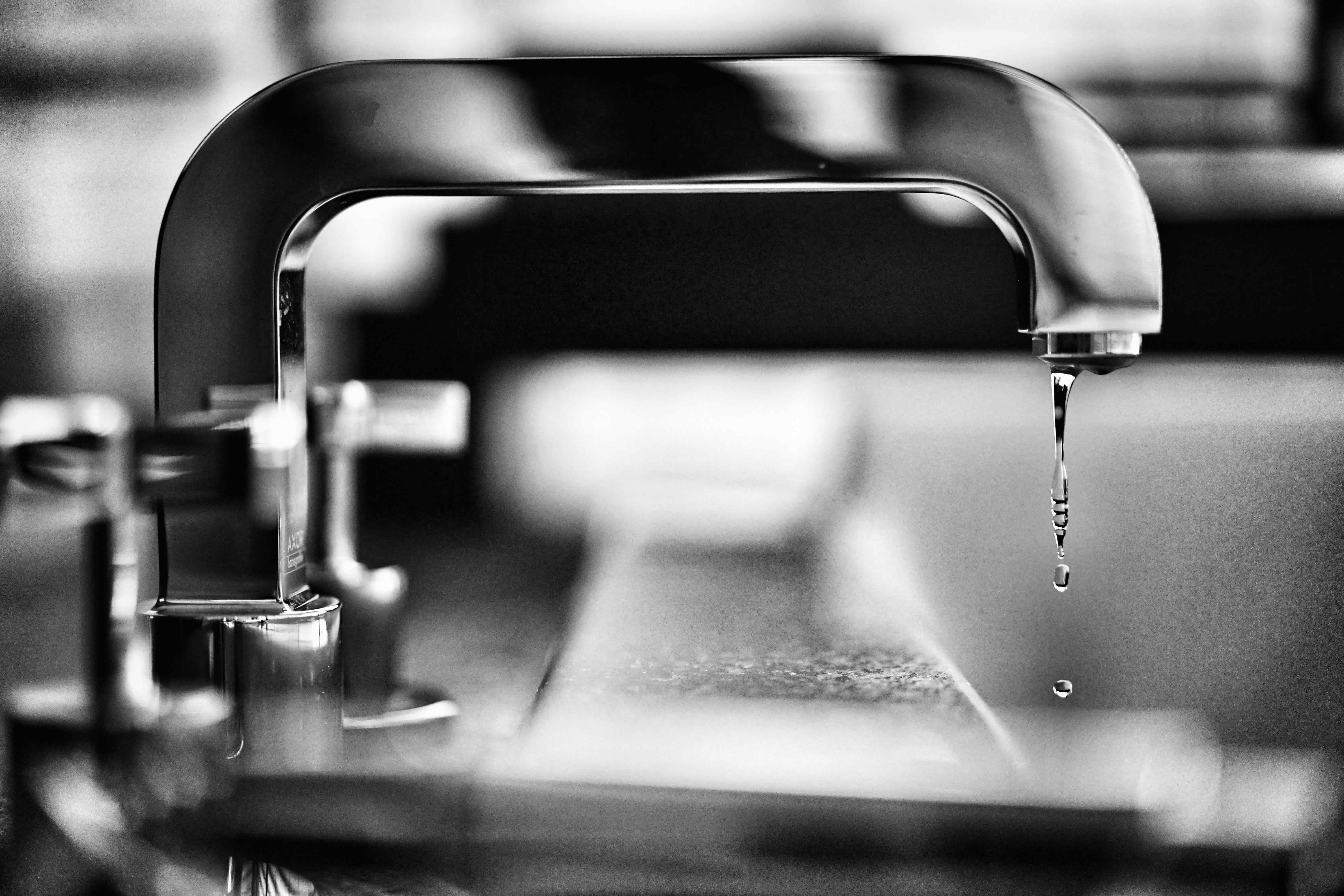

/93097679-56a73c295f9b58b7d0e81657.jpg)
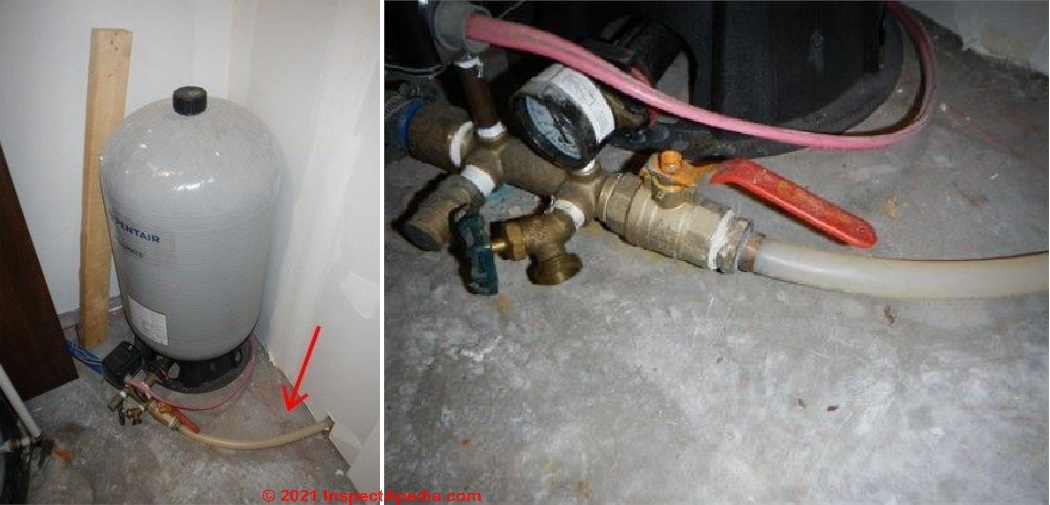



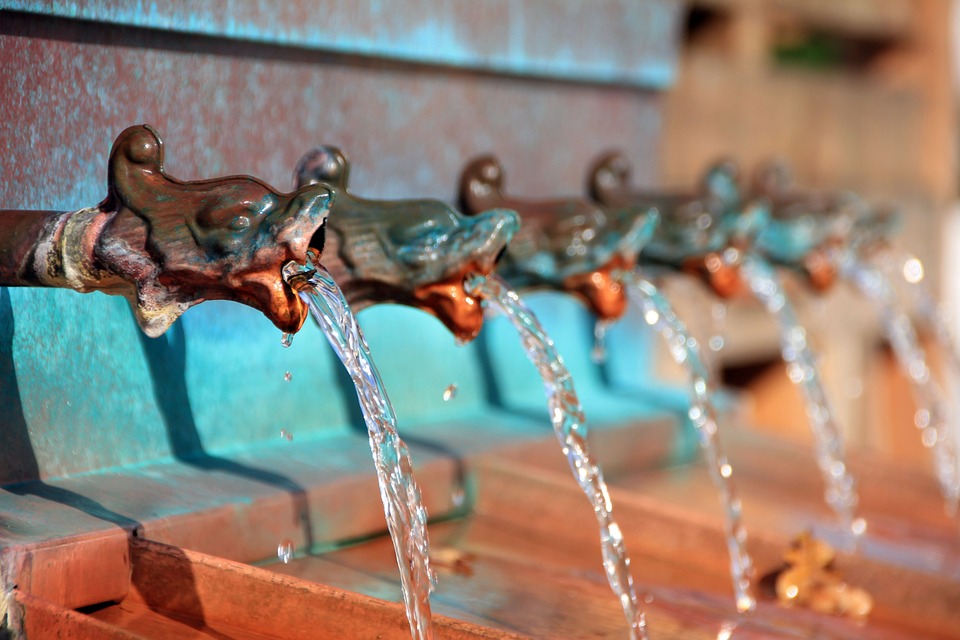





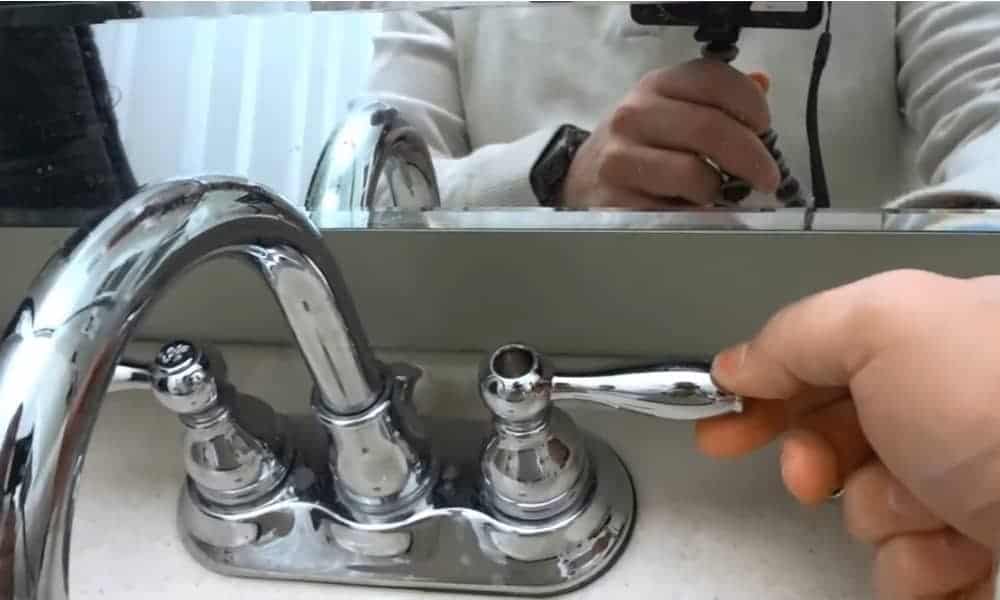







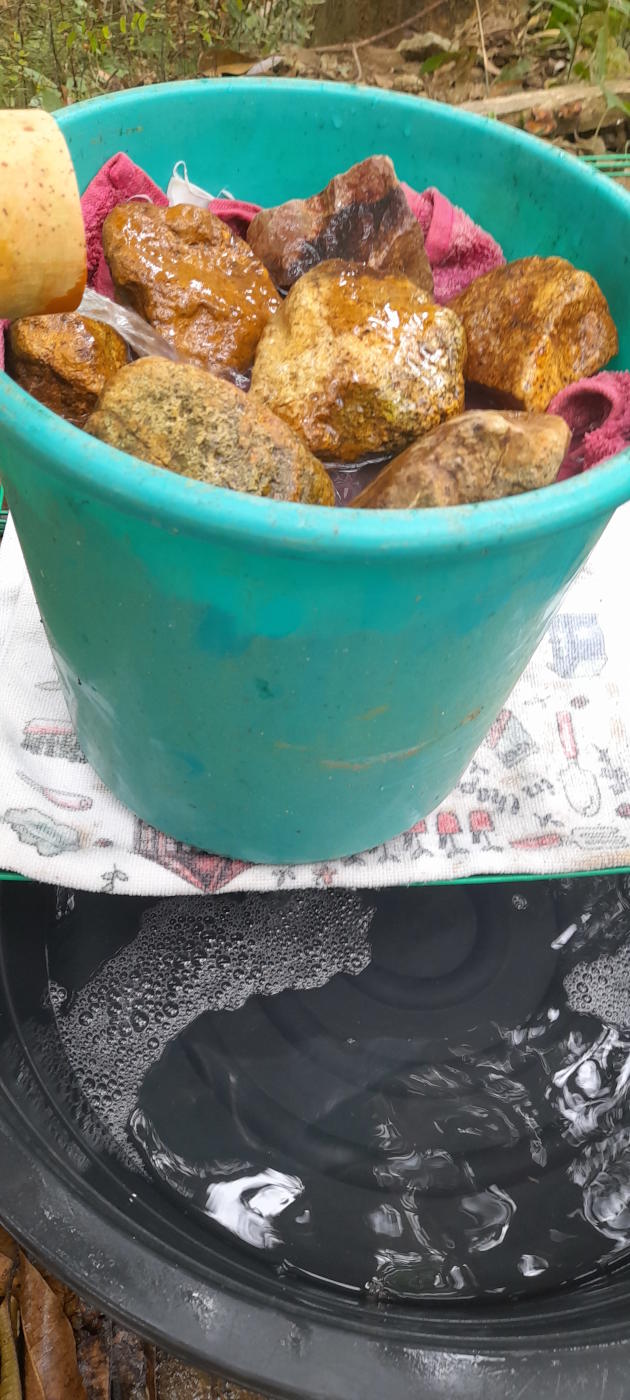







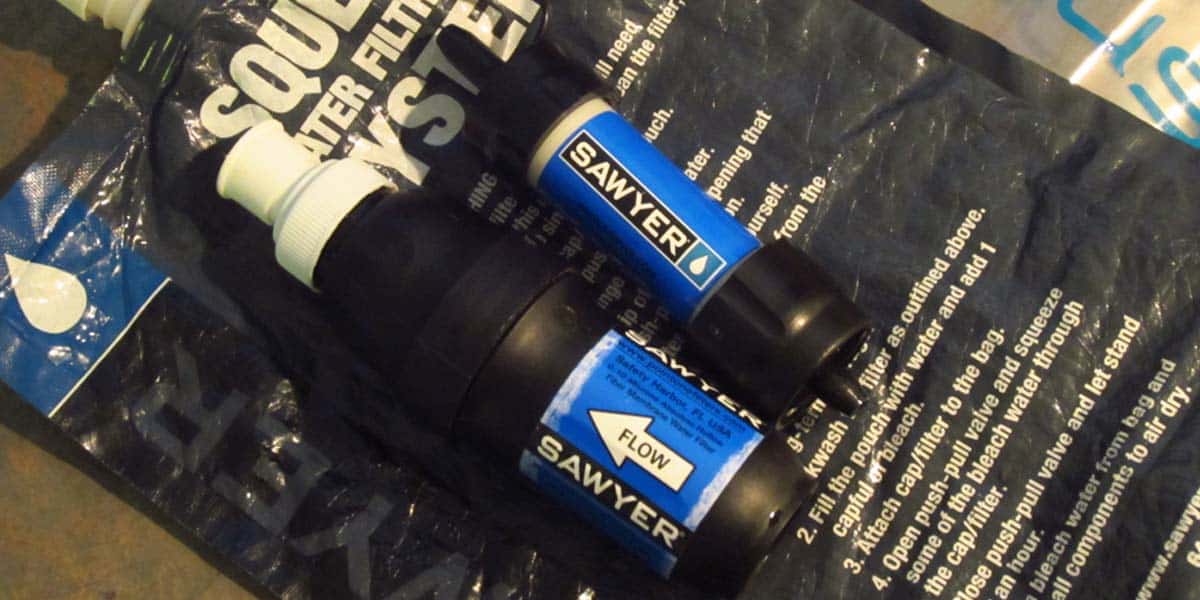



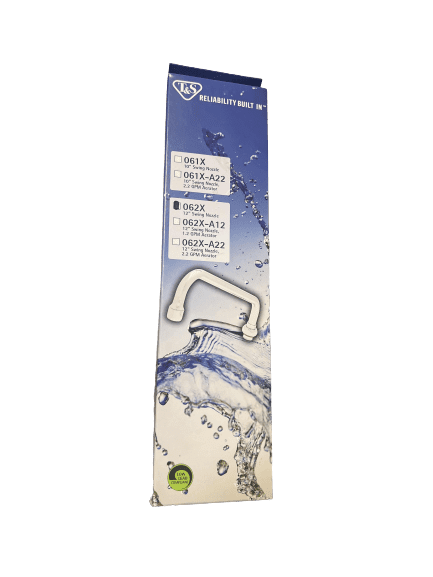


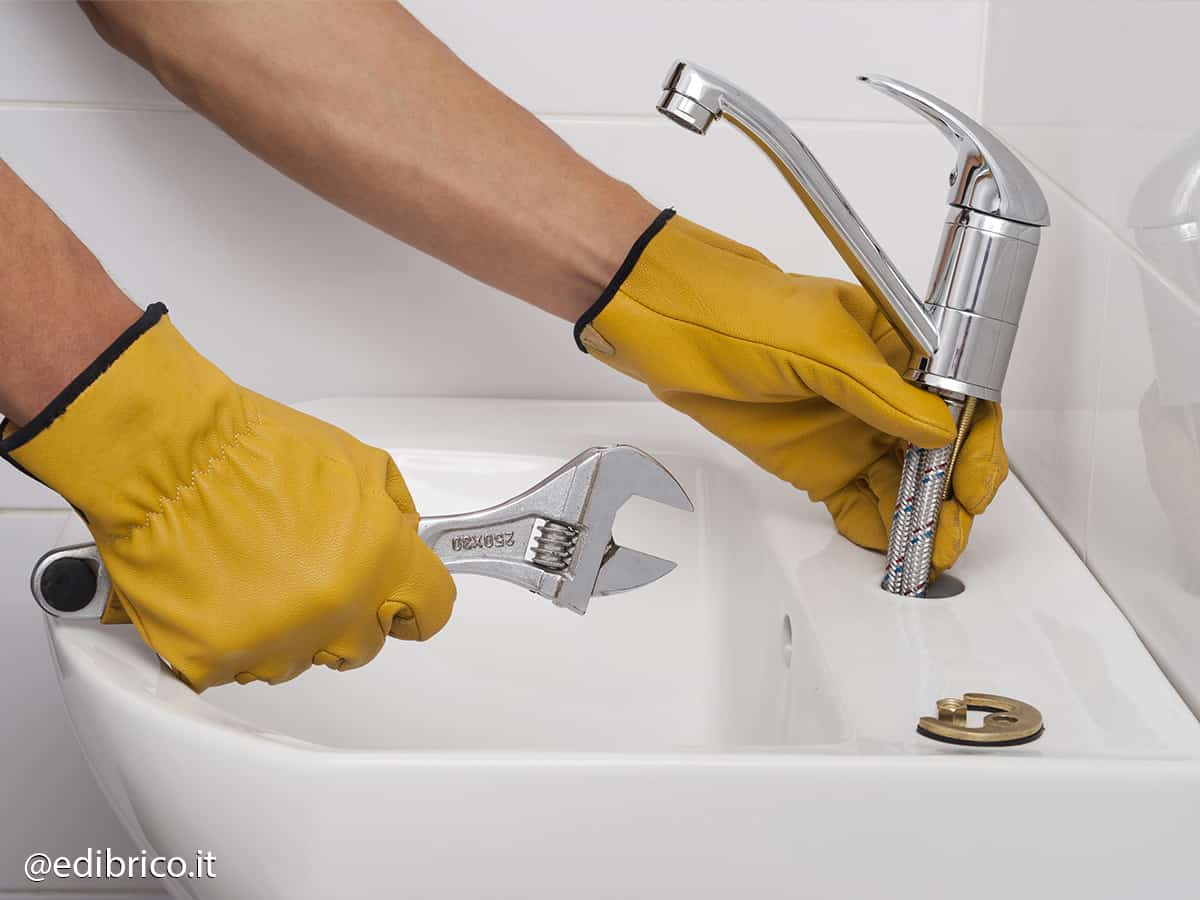



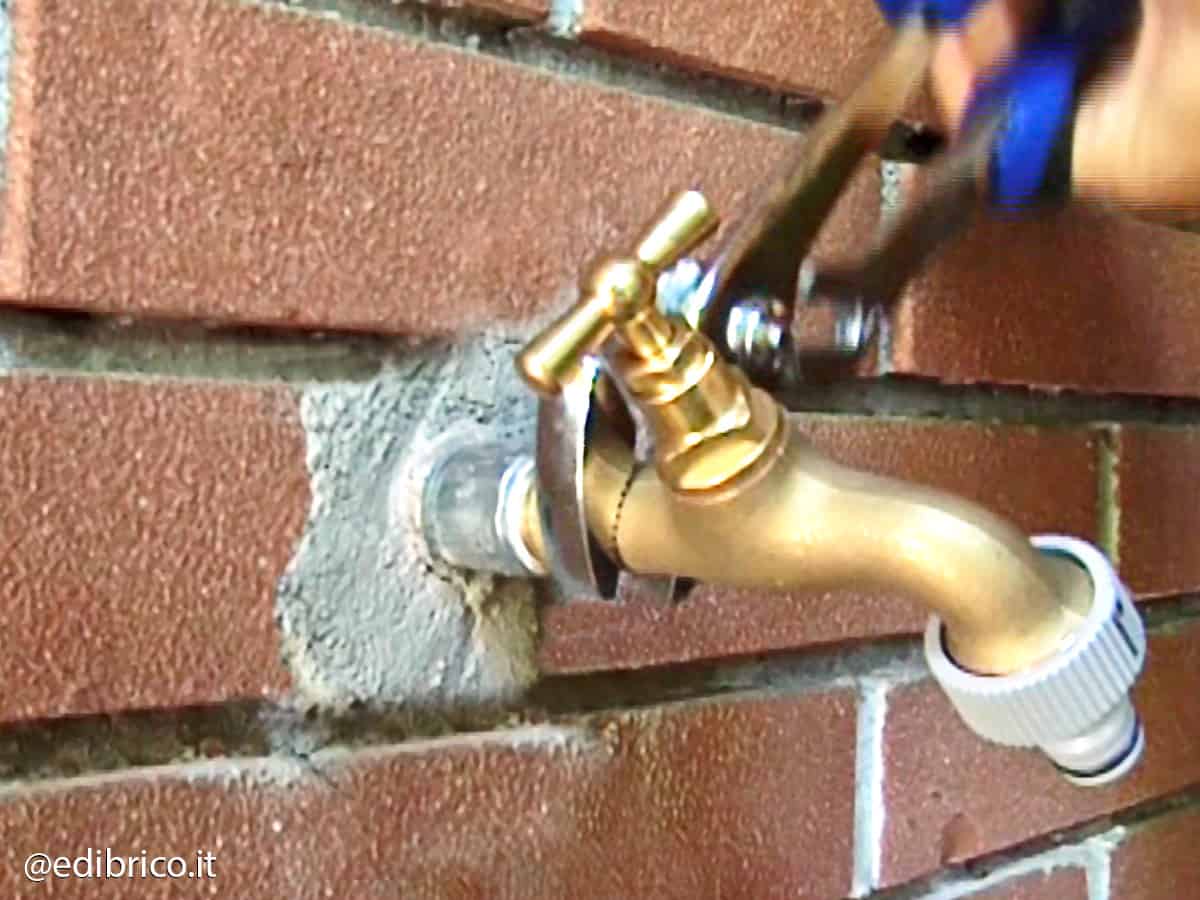


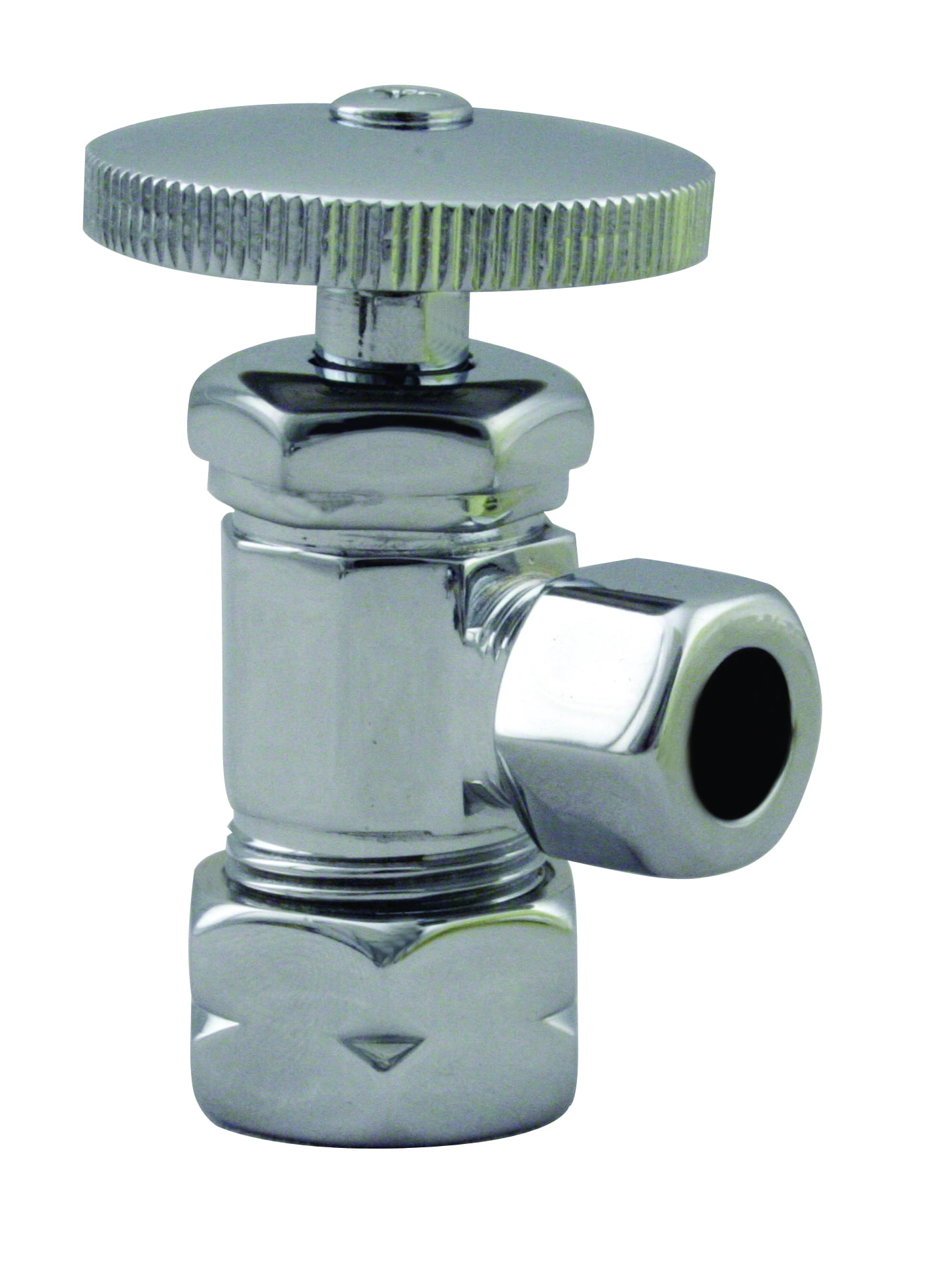
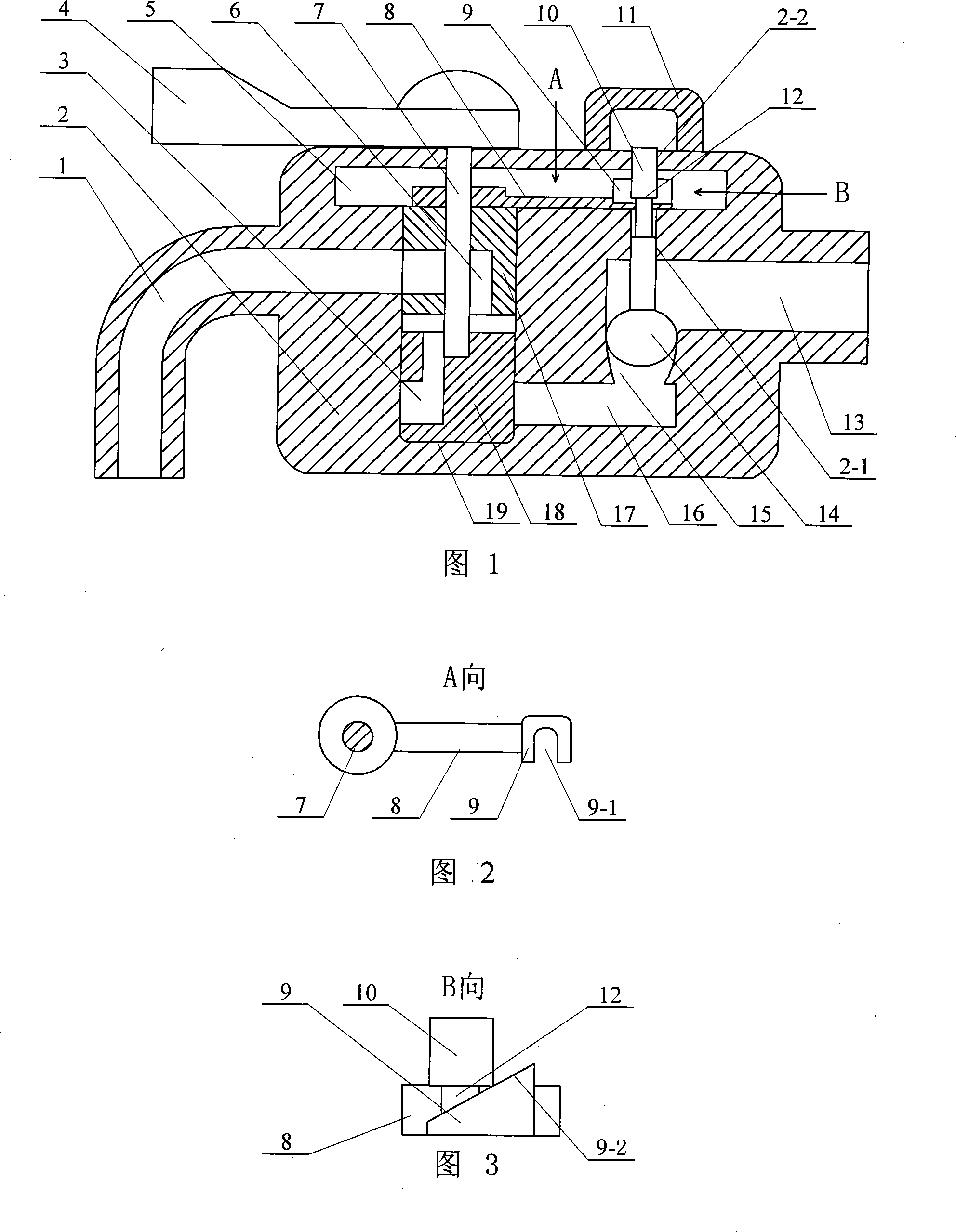
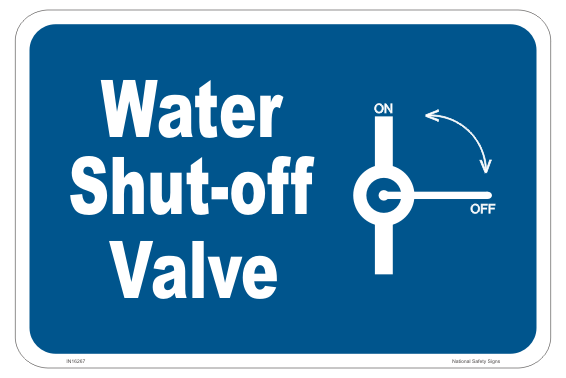
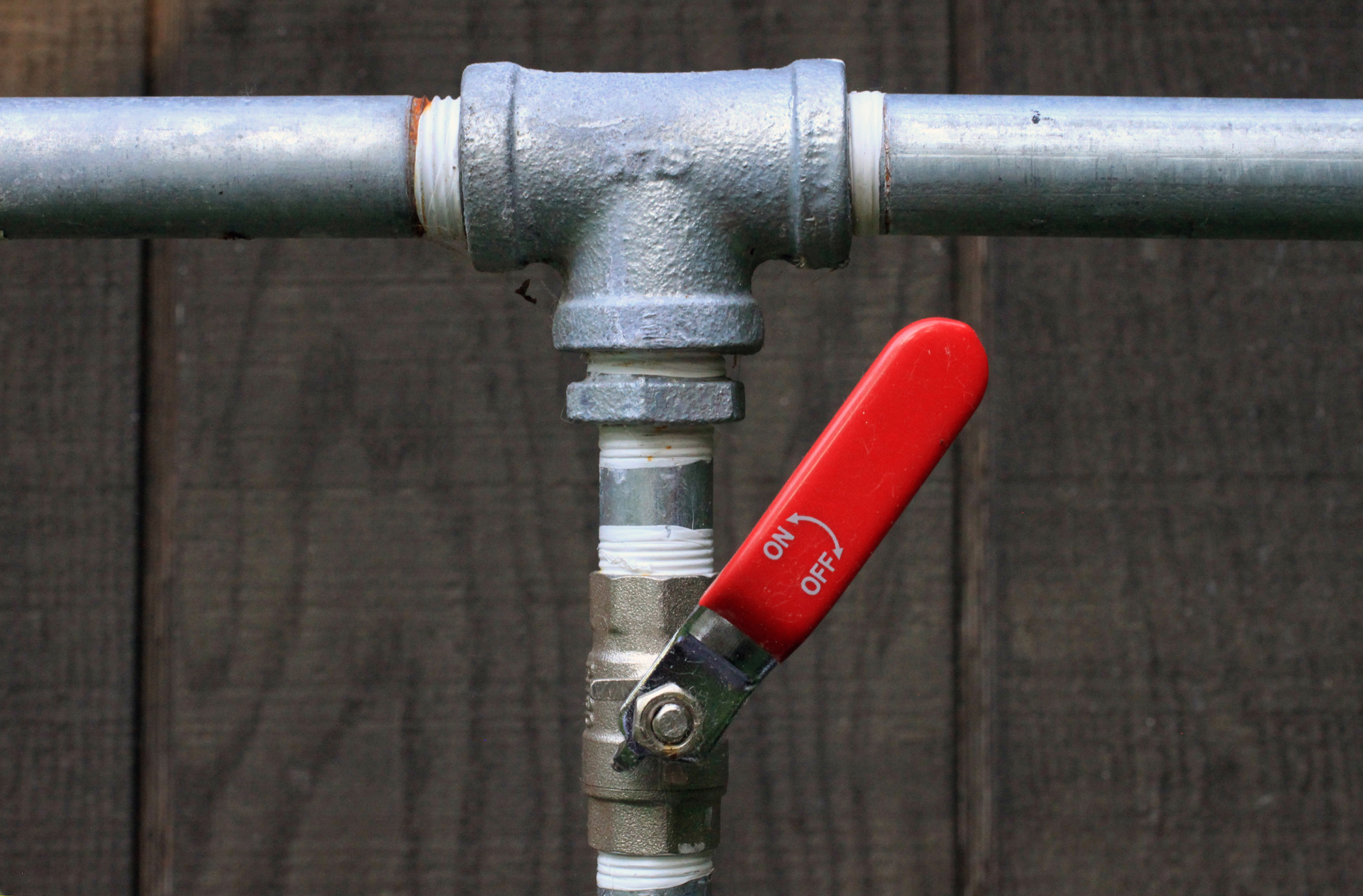
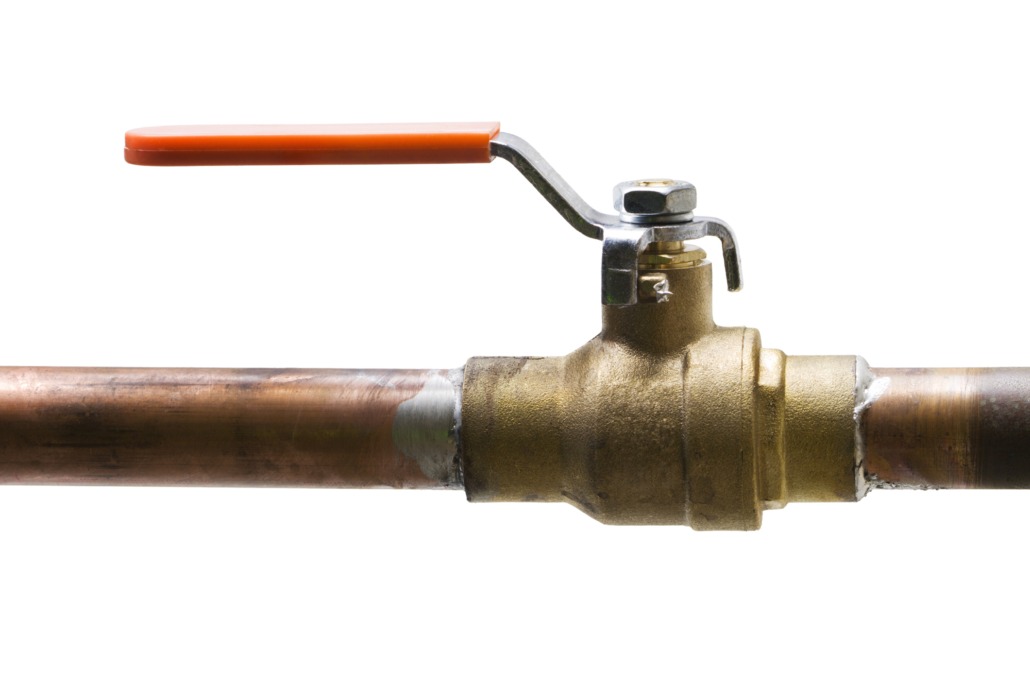
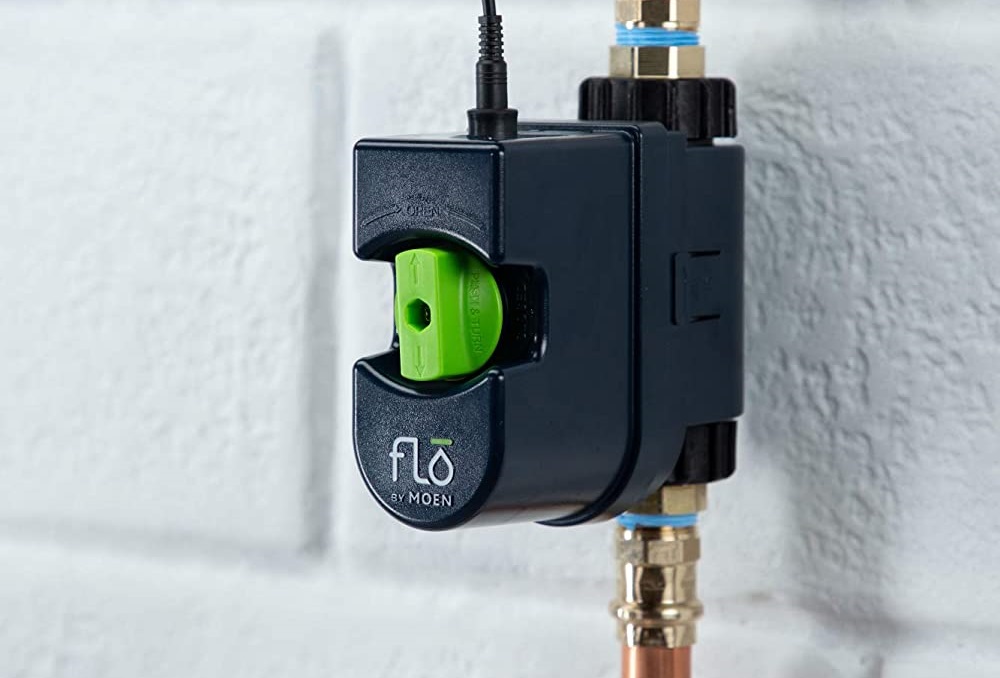
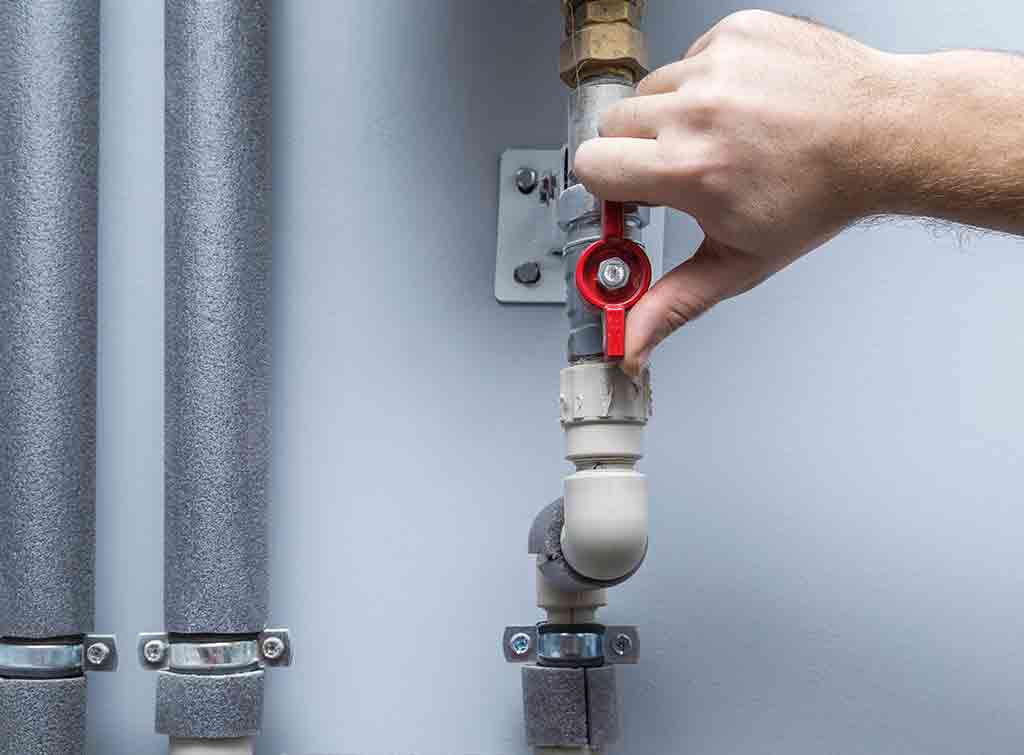
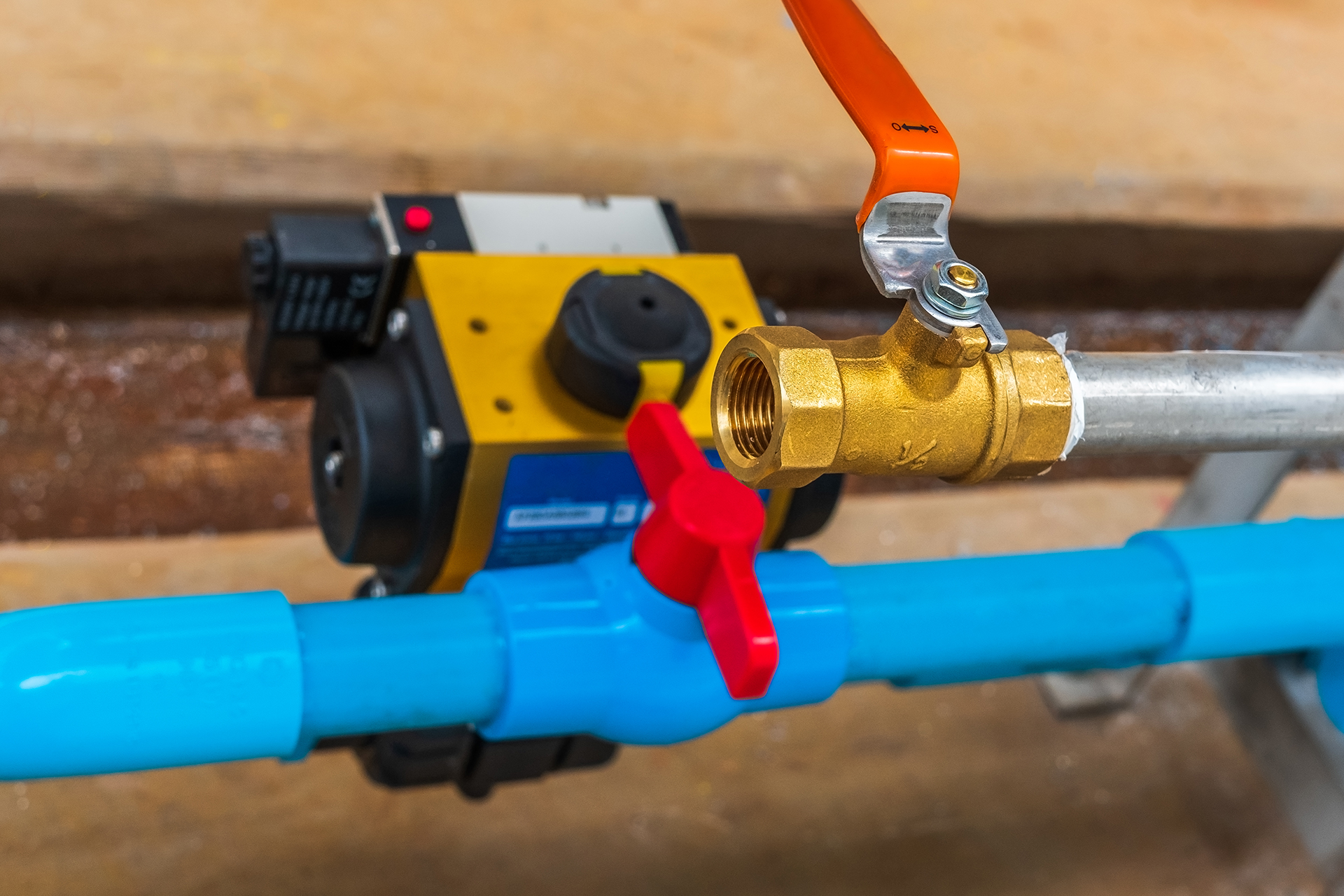
/human-hand-turn-off-shut-off-valve-home-water-supply--825171248-f1141ec757064532ac5aafd93efbf189.jpg)

